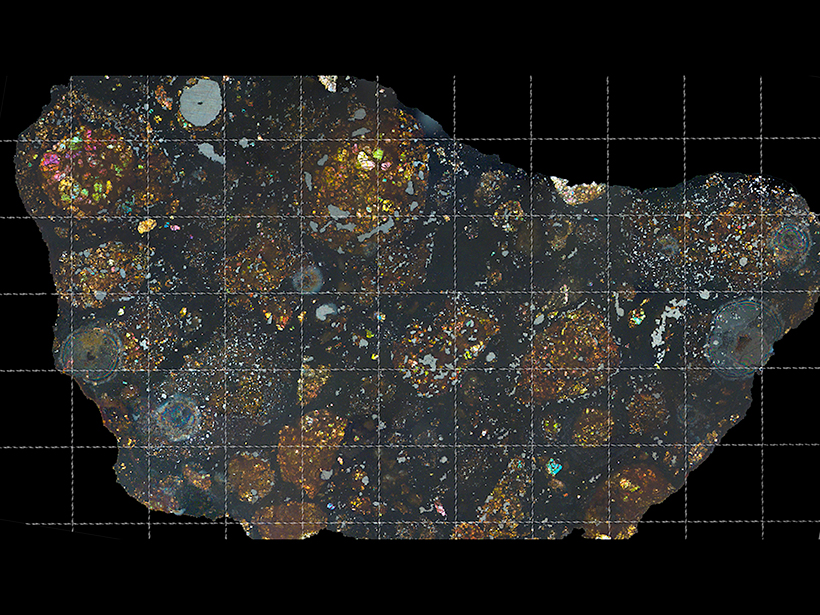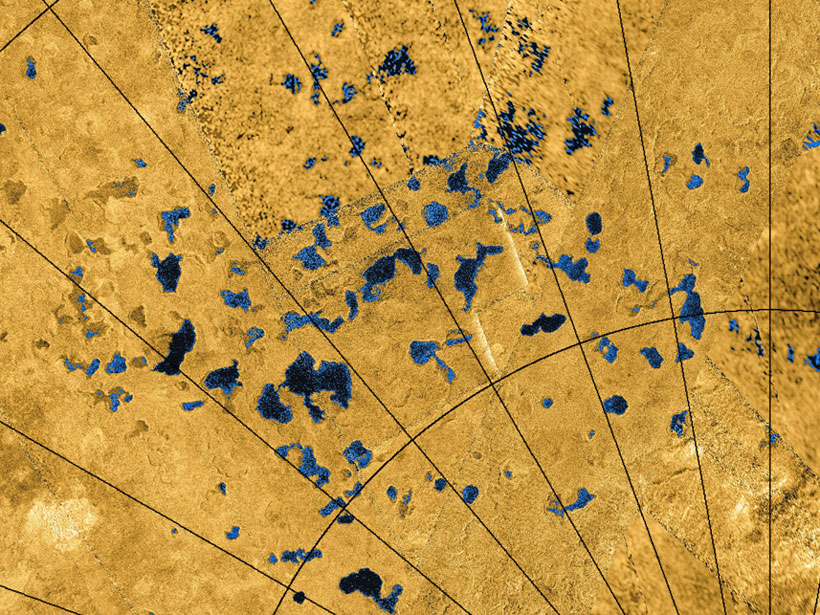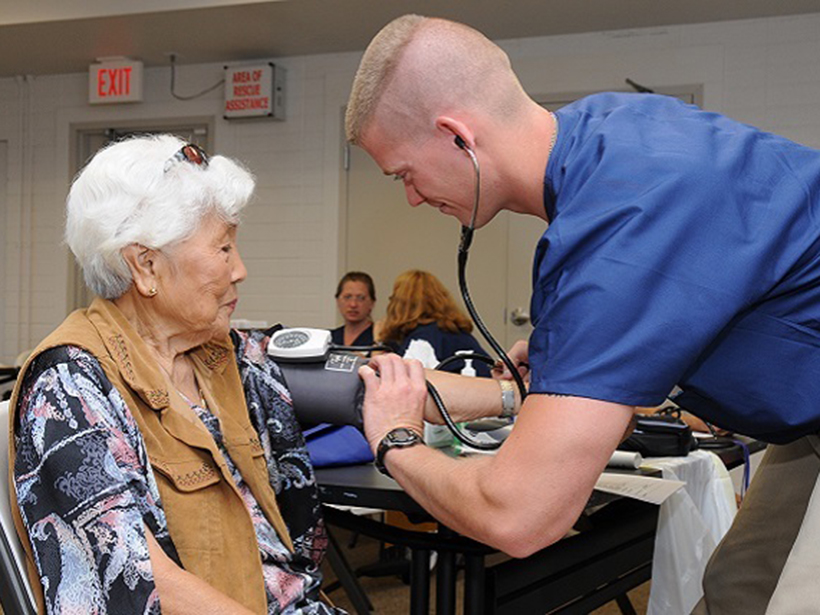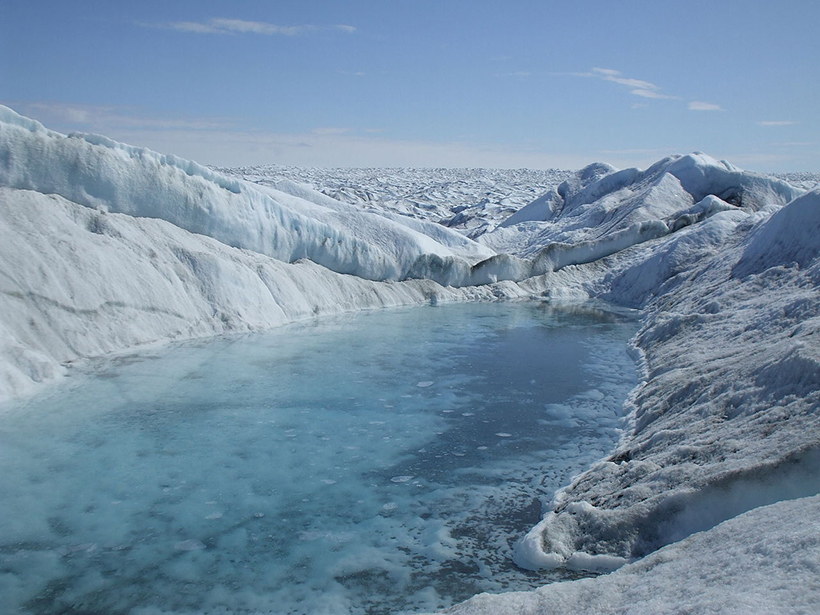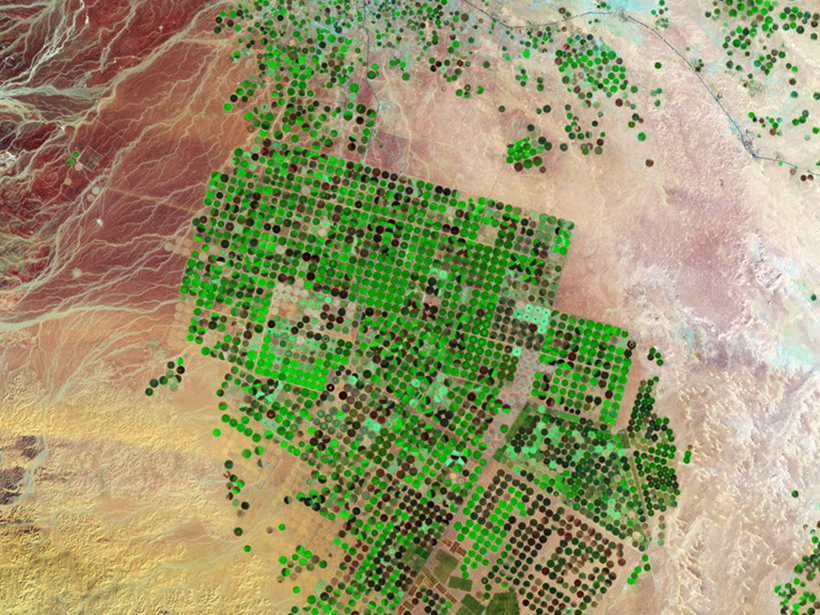A fragment of a comet found hidden inside a meteorite is offering new insights into the dynamics of our young solar system.
News
Titan’s Northern Lake District Has Hidden Depths
Radar and infrared data from flybys reveal new details about Titan’s northern lakes.
Atacama’s Past Rainfall Followed Pacific Sea Temperature
This is the first paleoclimate record of precipitation near Atacama’s hyperarid core and suggests that its moisture source is different from that of the Andes.
National Volcano Warning System Gains Steam
It took more than a decade, but a bill that funds U.S. volcano monitoring efforts and establishes a single system became law on 12 March.
Wildfire Particulates Raise Cardiopulmonary Health Concerns
New research reveals that exposure to smoky air and the particulates created in wildfires can cause increased cardiovascular and respiratory hospitalizations for people 65 and older.
More Than a Million New Earthquakes Spotted in Archival Data
By reanalyzing seismic records, researchers found a plethora of tiny earthquakes in Southern California that trace new fault structures and reveal how earthquakes are triggered.
Scientists Announce TiPES Project
The European Tipping Points in the Earth System project is a multidisciplinary effort to clarify and explain the dynamics and thresholds of climate change tipping points.
Plastic Fragments Found for the First Time on a Glacier
The discovery, made in the Italian Alps, confirms the ubiquity of plastic pollution worldwide.
A United Europe Benefits Global Science, Say EU Geoscientists
“You are the stakeholders of European integration,” former Italian prime minister Mario Monti told an assembly of geoscientists.
Looking for Climate Solutions Down in the Dirt
Geoengineering is more than orbiting mirrors and stratospheric aerosols. Innovative modeling considers the impact of no-till farming and radical irrigation.

